I don’t think Joe Harris or anyone at Image ever described Great Pacific by saying, “Billionaire Chas Worthington claims the Pacific Garbage Patch as a new land. Complications ensue,” but that would have been pretty accurate. The question is, will Chas and Harris be able to dig their way out of the situations they’ve gotten themselves in? Here’s the official description of Great Pacific #5 from Image:
The Great Pacific Garbage Patch has attracted hostile natives, mutated sea monsters and billionaire fugitive oil heirs from the Great State of Texas. But when a cache of Soviet-era nuclear warheads is discovered, Chas Worthington has to fend off plundering, modern-day pirates in order to prevent an all-out arms race!
Great Pacific started with a high concept, but the story has since floundered as more and more complications are piled on. Chas claimed New Texas. Great. But then he met a group of indigenous people. And a mutant octopus. And a French aviatrix. And now pirates. And more indigenous people. The various plots on the mainland involving the U.S. government have been simmering on the back burner, but Chas has been bogged down by these various interruptions since square one. Chas needs to progress a few more steps with the H.E.R.O. device, instead of having to combat any more of the opponents crawling out of the woodwork. He hasn’t really even done anything yet.
A major rule of writing is that you should never tell something when you can show it instead. This is even more applicable in comics, where showing things is so easy. This issue does something strange however: it tells us one thing and shows us another. Chas’ narration says that the pirate’s speech is made up of “bits of French, broken English and who knows what the [#&*%] stripe of Asian outlaw pirate-speak all mixed together…” But their speech bubbles are perfectly legible. No French or gobbledygook included. Worse, the natives show up a few minutes later, and their speech is just a scraggly line with “Worthington” stuck in the middle. It’s a pretty significant inconsistency.
Martin Morazzo is still using the same layouts: page-wide rectangles stacked one on top of the other, on almost every page. He does find ways to play around with that strict style, however. On the first page, a string of clouds twists its way across several panels, even though the points of view are different. It’s a small touch, but I stared at it for a good two minutes. Morazzo has struggled with flat faces before, but some of the faces here, particularly that of a young native girl, are so oddly shaped as to be nearly abstract. But while the facial work is lacking, Morazzo’s landscapes are still great. The final page is especially nice: the line of a flock of seagulls flows into the line of the water’s edge, and horizon line disappears as sea and sky fade into one another. Lovely.
As I said, Great Pacific started off with a great concept, but seems to have lost direction. Maybe now that certain subplots are sufficiently progressed, Joe Harris can really get us moving again. Morazzo is generally on top of his game, but could jump up into another tier if he could only break a few habits.
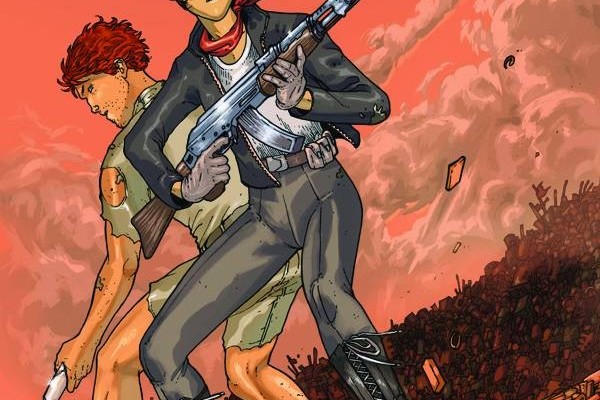





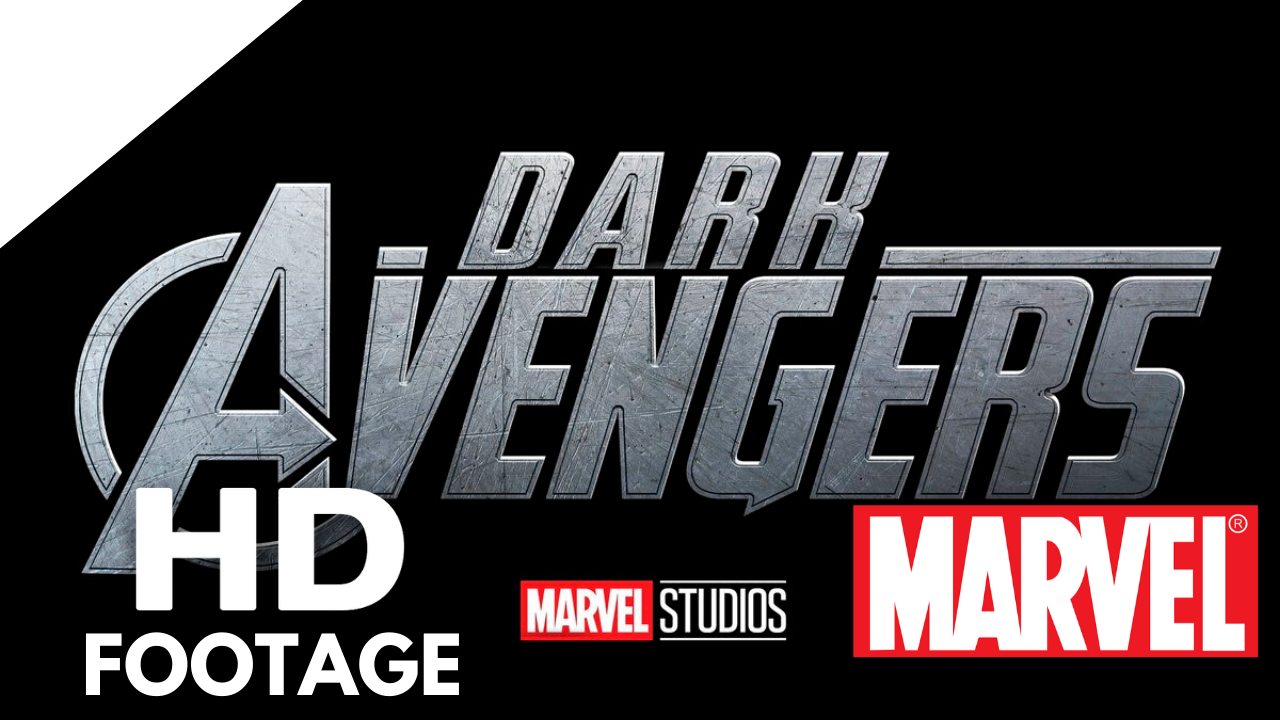
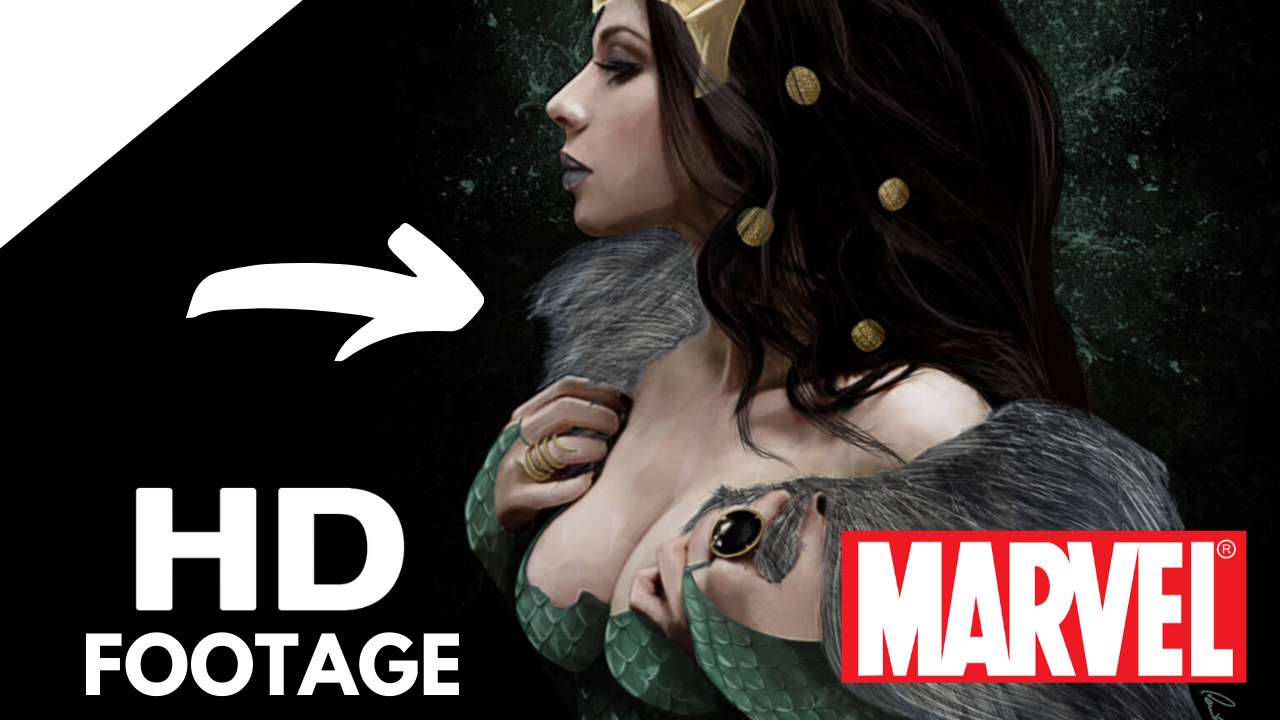

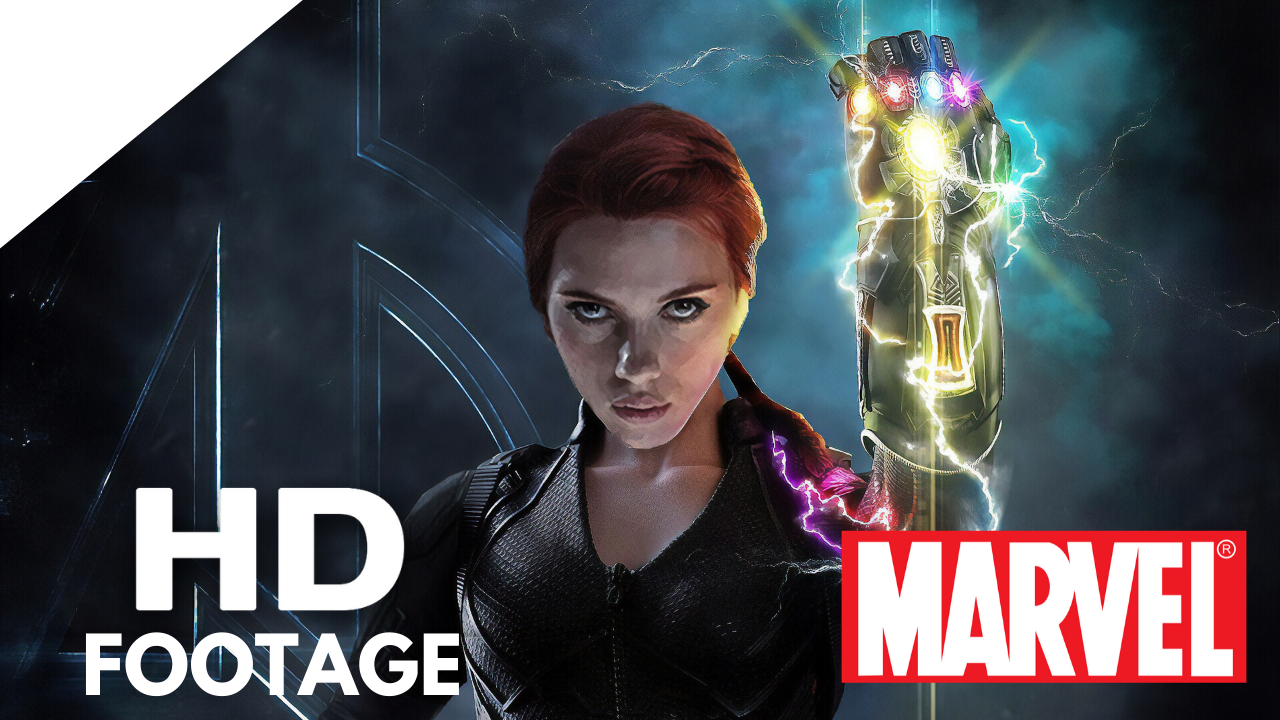


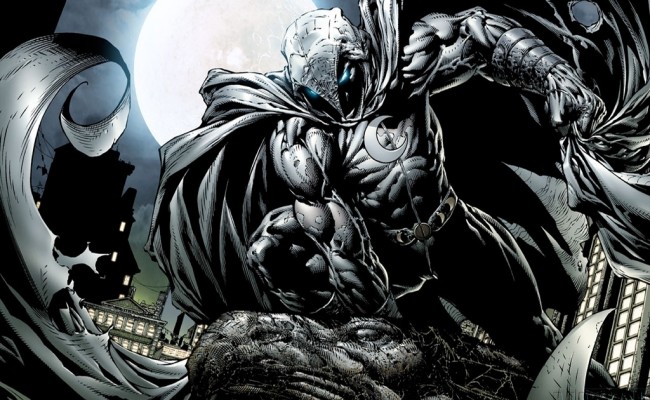
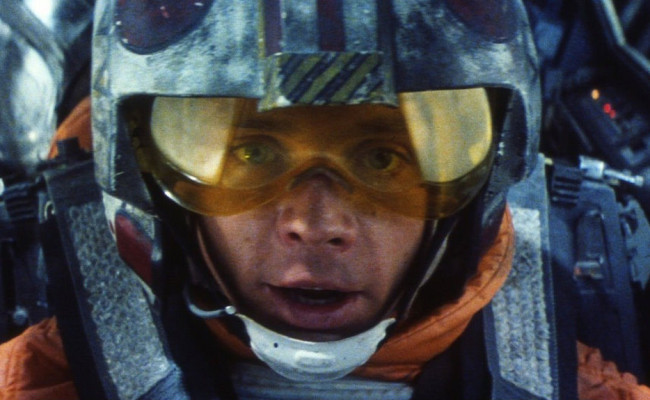
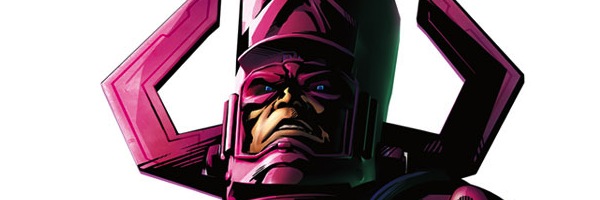
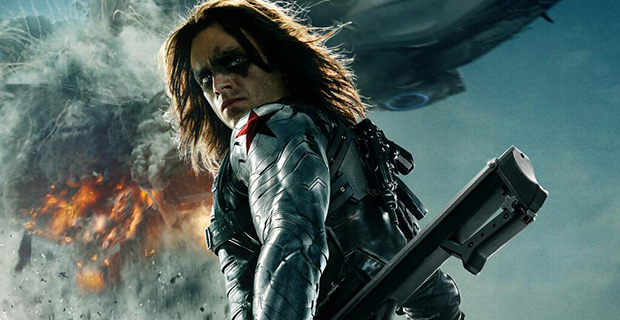
S#!T Talking Central